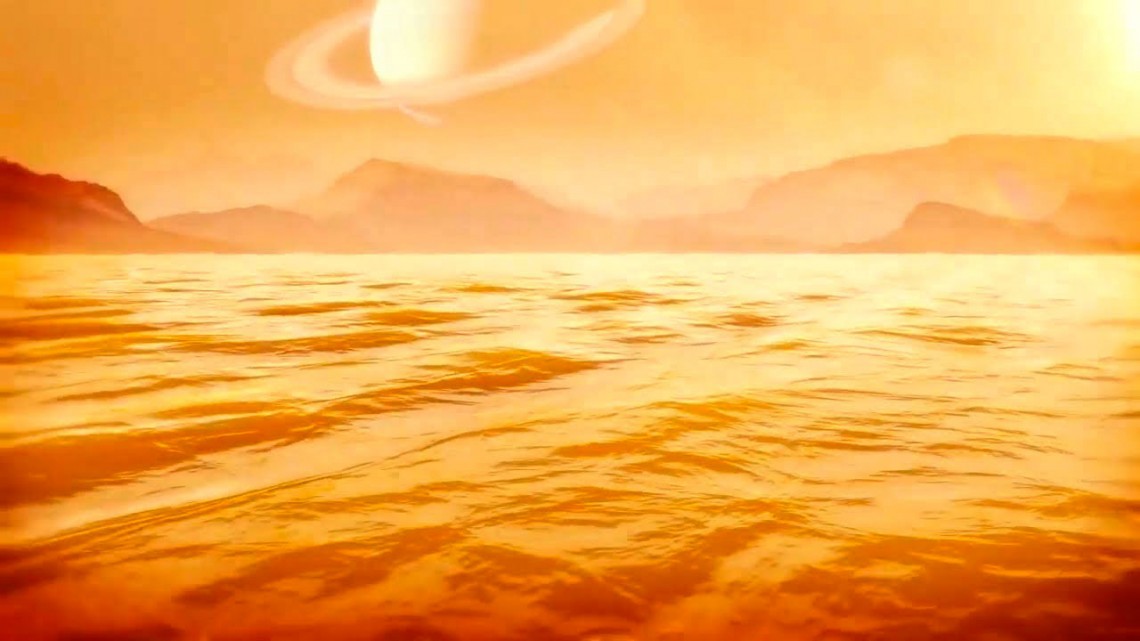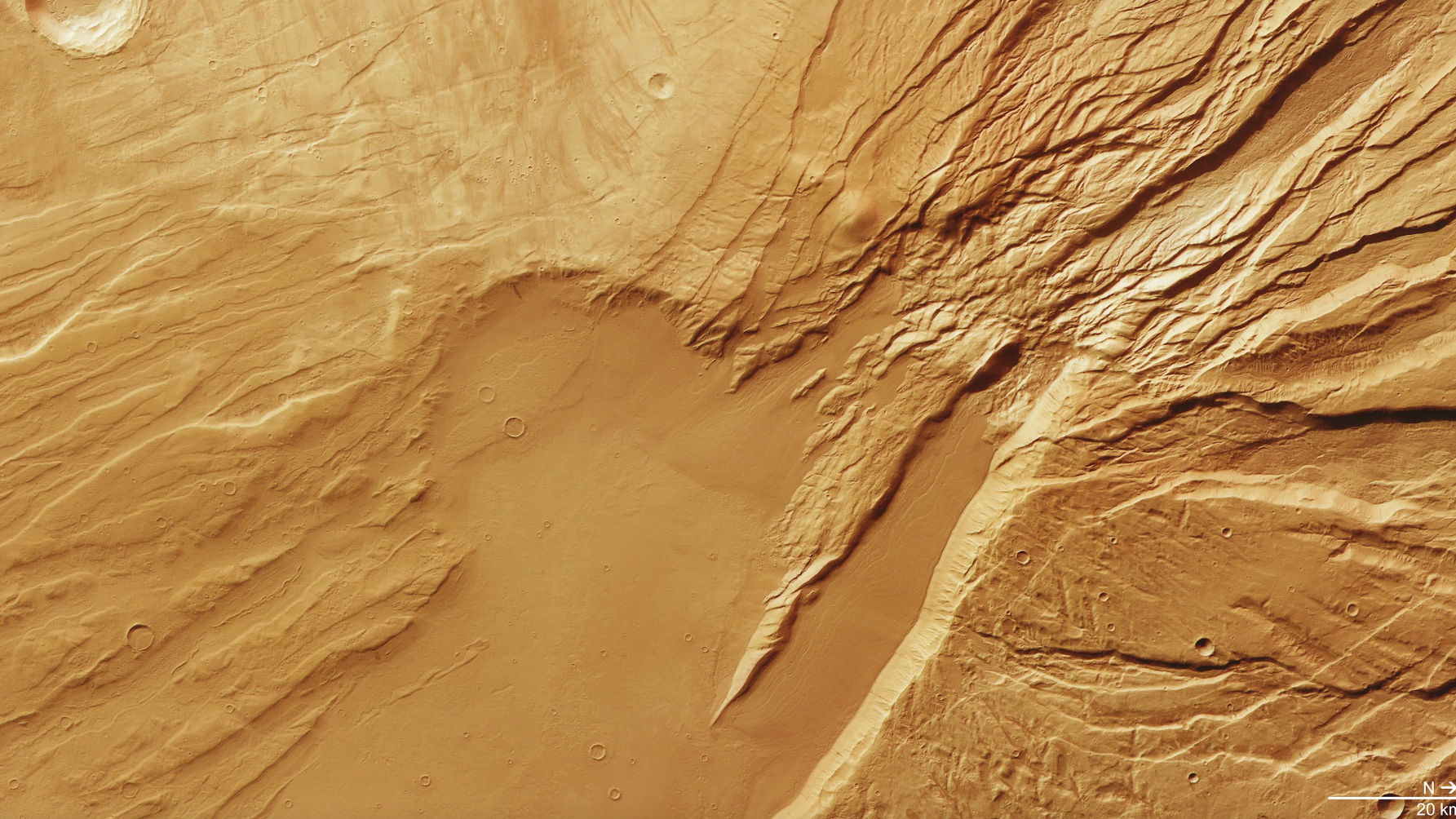Saturn
Latest about Saturn
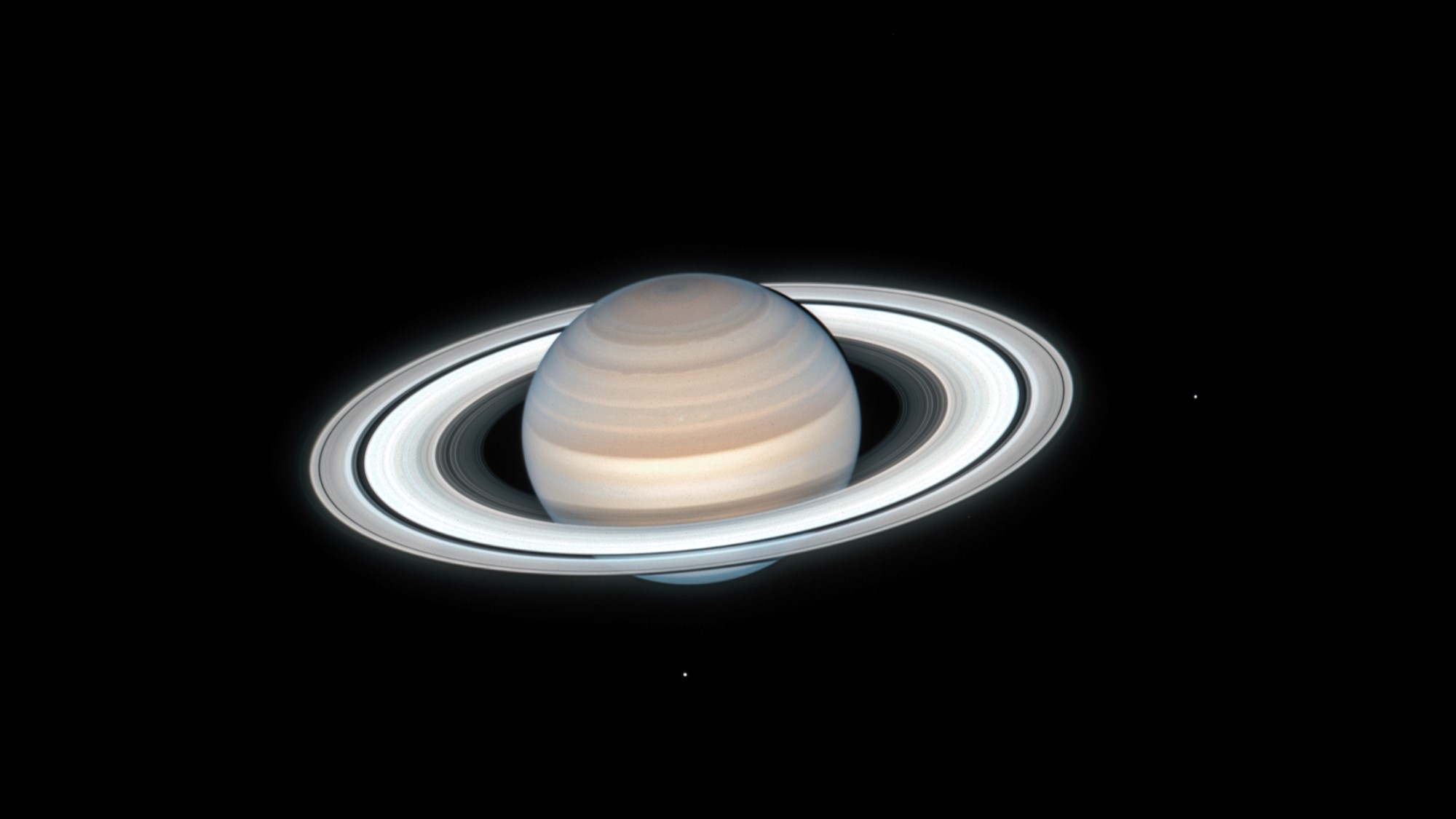
Swirling winds of Saturn trigger never-before-seen auroras
By Samantha Mathewson published
Some of Saturn’s auroras are triggered by swirling winds within the planet’s own atmosphere, a completely new type of aurora not seen on any other planet before, new research suggests.
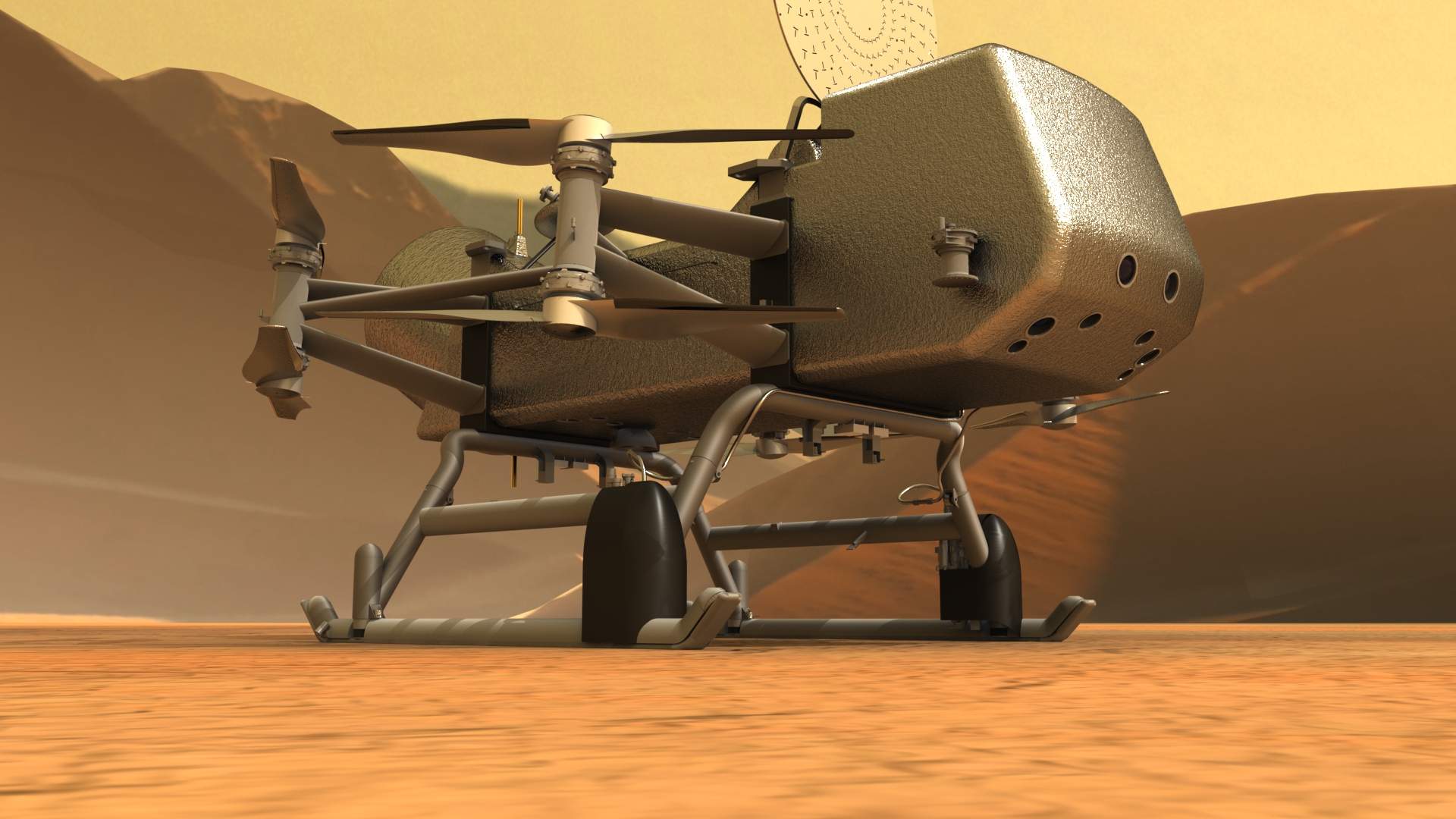
Soar over the desert in footage from drone practicing for mission to Saturn's strangest moon
By Elizabeth Howell last updated
The team tested images and sensors ahead of flying to the moon of Saturn.
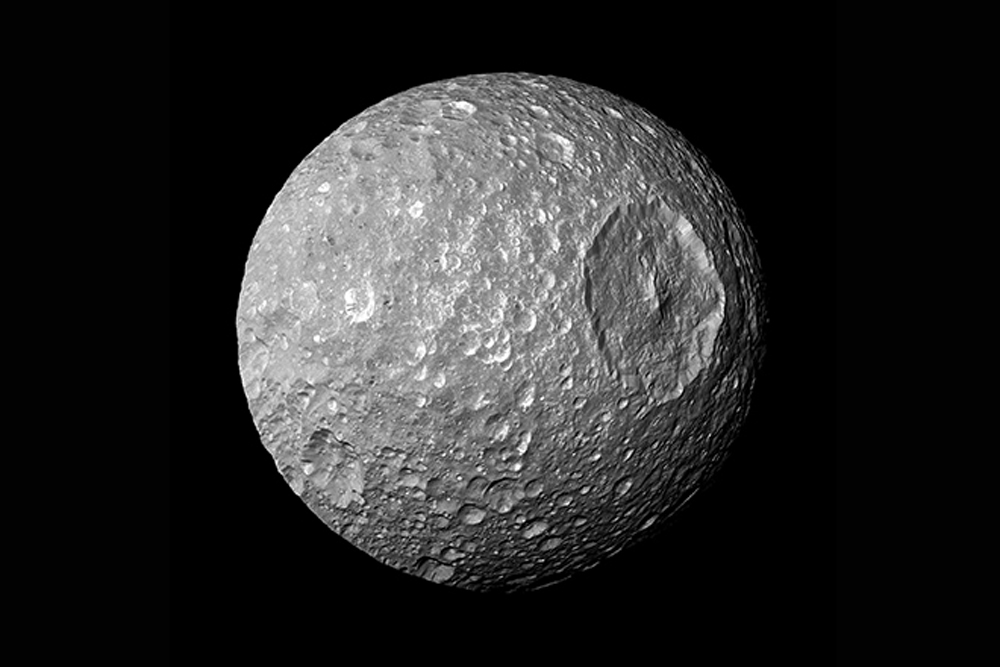
Saturn's 'Death Star' moon could have a secret underground ocean
By Ben Turner published
Scientists have found "compelling evidence" that Saturn's "Death Star" moon is hiding an ocean just beneath its surface, furthering the search for possible life in our solar system.
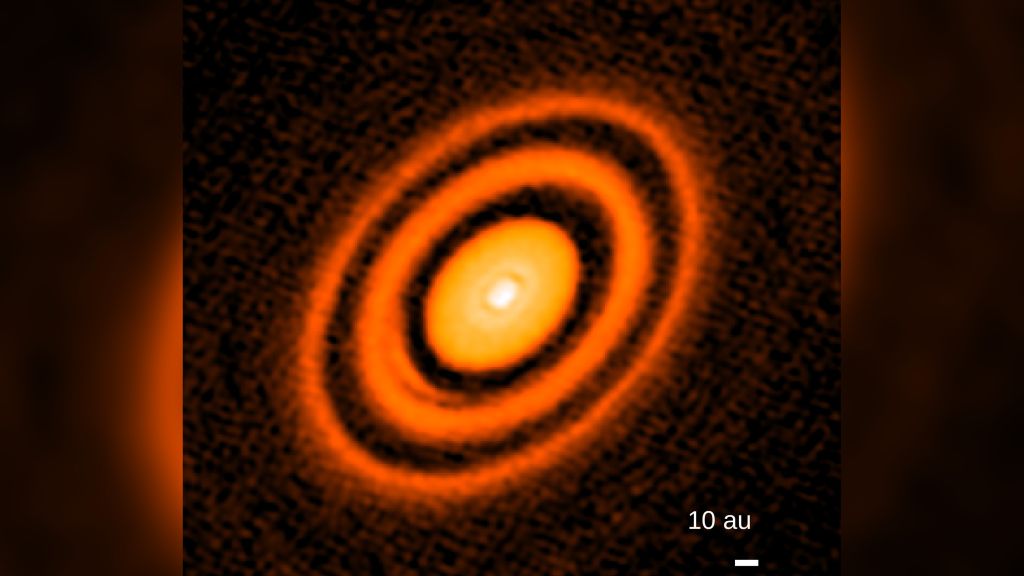
The sun used to have rings like Saturn
By Yasemin Saplakoglu published
Before Earth and the other planets in our solar system existed, the sun may have been surrounded by giant rings of dust similar to Saturn's, according to a new study.

Moon-in-a-jar recreates the hazy atmosphere of Titan, Saturn's largest moon
By Nicoletta Lanese published
A new experiment recreated Titan in small glass cylinders.
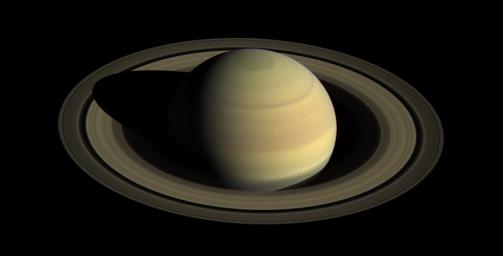
Saturn's rippling rings point to massive, soupy core hidden inside
By Tereza Pultarova published
Scientists used Saturn's famous rings as a seismograph to study processes in the planet's interior. The researchers found its core is like a soup consisting of rocks, ices and metallic fluids.
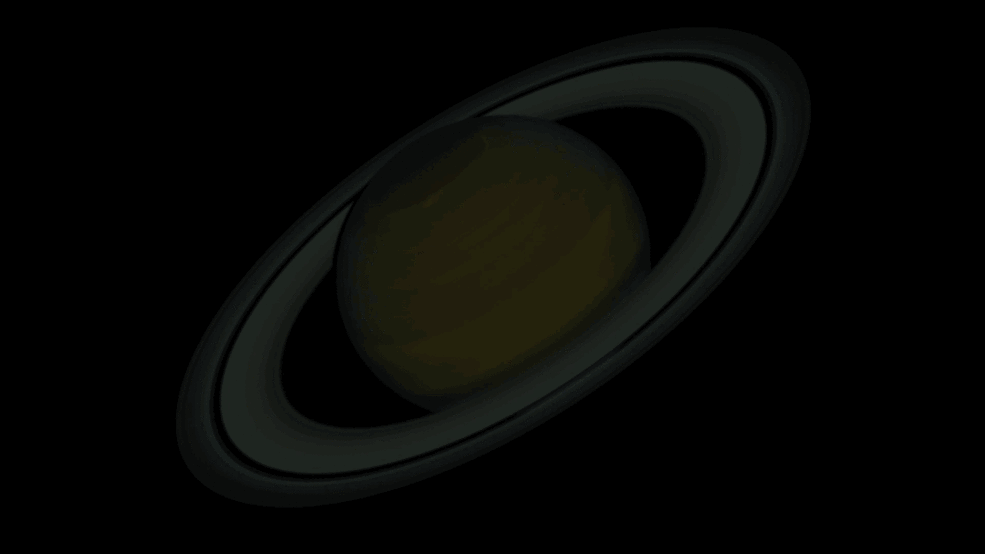
Look up! Saturn shines bright, shows off rings as it reaches opposition.
By Doris Elin Urrutia published
Starting Monday (Aug. 2), you can find Saturn shining in the sky as part of a celestial phenomenon called opposition.
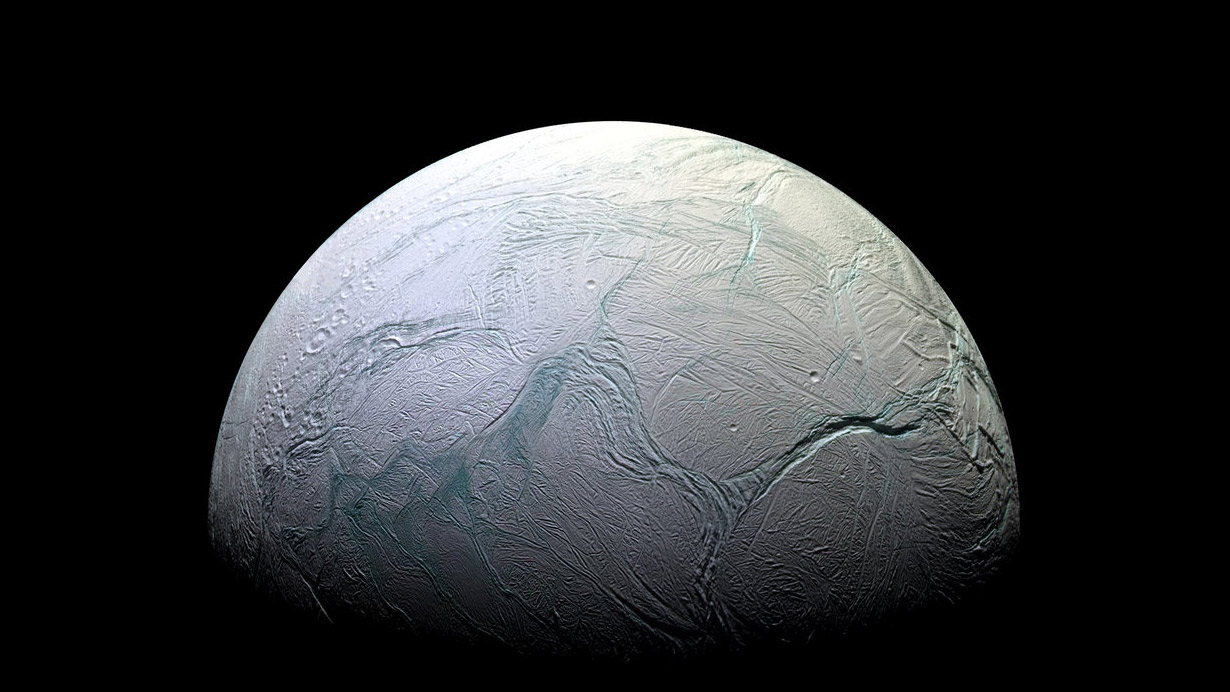
Methane in plume of Saturn's moon Enceladus could be sign of alien life, study suggests
By Mike Wall published
The methane wafting from Enceladus may be a sign that life teems in the Saturn moon's subsurface sea, a new study reports.
Get the Space.com Newsletter
Breaking space news, the latest updates on rocket launches, skywatching events and more!

